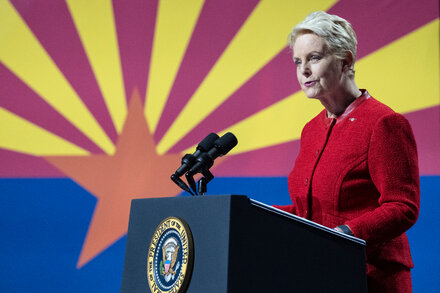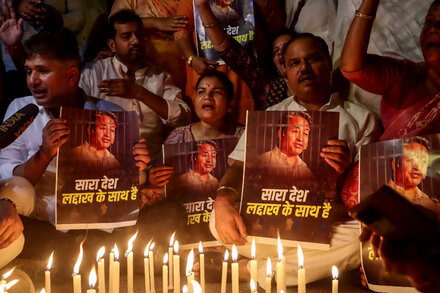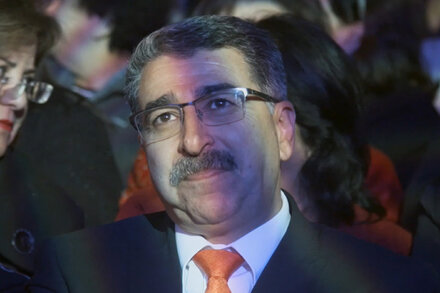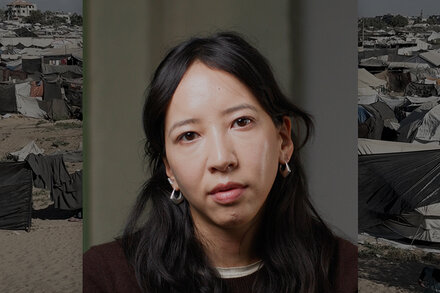The iconic 1973 romantic drama, “The Way We Were,” continues to hold a significant place in cinematic history, largely due to its compelling narrative and the unforgettable chemistry between its legendary stars, Robert Redford and Barbra Streisand. The film, directed by Sydney Pollack, is frequently revisited for its timeless exploration of love, differing ideals, and the bittersweet nature of memory.
Set against the backdrop of McCarthyism and the changing social landscape of the mid-20th century, “The Way We Were” tells the story of Katie Morosky (Streisand), a passionate, politically active Jewish woman, and Hubbell Gardiner (Redford), a charming, apolitical Wasp writer. Their paths cross from college through marriage, illustrating the challenges of maintaining a relationship when fundamental values clash.
An Enduring On-Screen Partnership
The pairing of Redford and Streisand was a stroke of genius, creating a dynamic that captivated audiences and defined an era of romantic cinema. Robert Redford’s portrayal of Hubbell Gardiner cemented his status as a leading man, embodying a smooth, effortlessly handsome persona that belied a deeper complexity.
“It was a little bit of an old-fashioned love story but with a contemporary edge to it,” Robert Redford once reflected on the film, highlighting its unique blend of classic romance and modern relevance.
Barbra Streisand, whose performance earned her an Academy Award nomination, brought raw emotion and intellectual fervor to Katie, making her a relatable and enduring character. Her rendition of the title song, which won an Oscar for Best Original Song, became a global phenomenon and remains synonymous with the film.
Streisand herself noted the core of the story: “It was a story about two people who loved each other, but whose values and ideas about the world were so different.” This central tension drives the film’s enduring appeal.
Cultural Impact and Legacy
“The Way We Were” resonated deeply with audiences for its realistic depiction of a love that, despite its intensity, could not overcome fundamental differences. It explored themes of nostalgia, idealism lost, and the compromise inherent in relationships, leaving viewers with a poignant sense of what might have been.
Decades after its release, the film remains a touchstone for discussions on Hollywood’s golden age, the power of star chemistry, and the enduring relevance of stories about personal and political divides. Its influence can be seen in countless romantic dramas that followed, attempting to capture the same blend of passion, pathos, and social commentary.
The film’s final scene, with Katie’s tender brush of Hubbell’s hair, has become one of cinema’s most iconic moments, encapsulating the film’s bittersweet message about love, memory, and the enduring bond between two people whose paths diverged but whose connection remained.
Source: Read the original article here.





